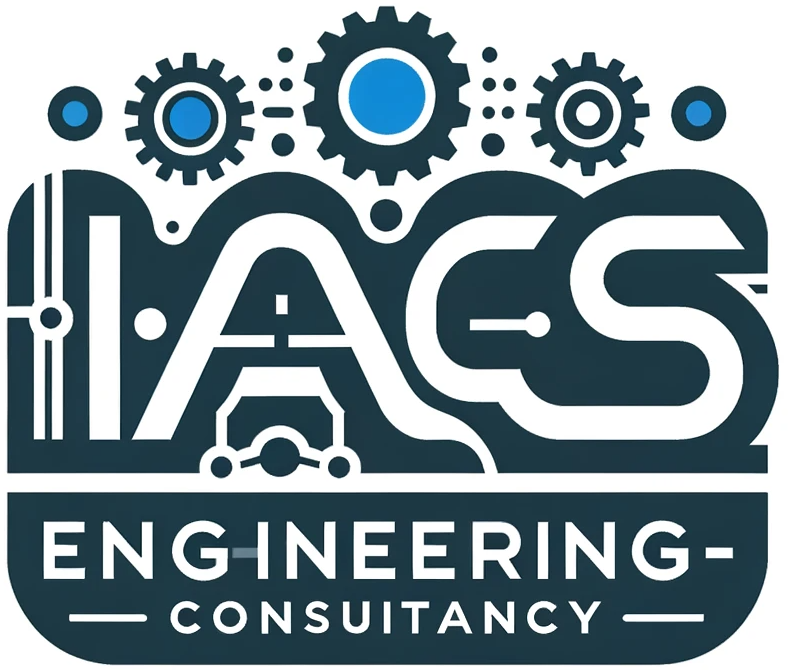Data Lakes are centralized repositories that store vast amounts of raw, unstructured, semi-structured, or structured data in its native format. Unlike traditional databases, they enable flexible storage and on-demand analysis, making them ideal for OT environments where diverse data types (sensor data, logs, video, etc.) are generated.
Typical Applications of Data Lakes in OT
- Predictive Maintenance
- By collecting sensor data from equipment and combining it with historical maintenance records in a data lake, organizations can build ML models that predict equipment failures or recommend optimal service intervals.
- Operational Efficiency and Process Optimization
- Analyzing large volumes of operational logs, production metrics, and environmental conditions to optimize production schedules, minimize energy consumption, or improve yield rates.
- Digital Twin Creation
- A data lake can store all the data needed to feed a digital twin (a virtual representation of physical assets). This includes real-time data streams, asset configurations, and environment variables.
- Quality Assurance and Traceability
- Storing everything from machine conditions to raw material data for tracing defects and ensuring compliance with industry standards.
- Enterprise Integration
- Consolidating OT data with IT systems (ERP, CRM, etc.) to get a full picture of operational and business metrics, supporting better decision-making across the organization.
Common Data Lake Solutions for OT Environments
Data lakes can be deployed on-premises, in the cloud, or in hybrid models. Below are some categories of solutions:
- Cloud-Based Data Lake Platforms
- AWS: Amazon S3-based data lake with services like AWS IoT, AWS Lake Formation, Amazon Kinesis for streaming, and Amazon Athena for querying.
- Microsoft Azure: Azure Data Lake Storage (ADLS) combined with IoT Hub, Event Hubs, Stream Analytics, and Azure Synapse for analytics.
- Google Cloud: Google Cloud Storage for data lakes, with IoT Core, Pub/Sub, BigQuery for analytics, and Vertex AI for ML.
- Industrial IoT Platforms
- Siemens MindSphere: A cloud-based IoT operating system that can ingest and store large volumes of industrial data in data lake-like storage.
- GE Digital (Predix): GE’s industrial IoT platform with a data management layer that can function as a data lake for industrial telemetry.
- IBM Maximo Application Suite: While historically focused on asset management, IBM offers data lake integration via Red Hat OpenShift or IBM Cloud for industrial data.
- PTC ThingWorx: An IoT platform that can integrate with various data lake backends to store and analyze OT data.
- Traditional Big Data Platforms (On-Premises or Hybrid)
- Cloudera Data Platform or Hortonworks (now merged with Cloudera) provides Hadoop-based architectures that can be adapted for industrial use cases.
- MapR (now HPE Ezmeral Data Fabric) can handle streaming and real-time data ingestion from OT devices.
- Industrial Data Management Solutions
- OSIsoft PI System (now part of AVEVA): Known primarily as a time-series database, PI also integrates with cloud platforms and can feed data into external data lakes.
- AVEVA Insight: Cloud-based data management and analytics solution that can act as a data lake-like repository for industrial data and support advanced analytics.
Solutions for Implementing Data Lakes in OT:
- Technology Stack:
- Storage: Hadoop, cloud platforms (AWS S3, Azure Data Lake, Google Cloud Storage).
- Ingestion: Apache Kafka, AWS Kinesis, MQTT for edge-to-cloud data pipelines.
- Processing: Apache Spark, Flink, or cloud-native tools (Azure Stream Analytics).
- Analytics: ML frameworks (TensorFlow), visualization tools (Power BI, Grafana).
- Security: Encryption, role-based access, and compliance with standards like NIST or IEC 62443.
- Edge Integration:
- Process data locally using edge computing (e.g., AWS Greengrass, Azure IoT Edge) to reduce latency and bandwidth.
- Data Governance:
- Metadata management (Apache Atlas) and data lineage tracking for auditability.
OT Vendors Offering Data Lake Solutions:
- Industrial Automation Giants:
- Siemens: MindSphere IoT OS integrates with cloud data lakes for industrial analytics.
- GE Digital: Predix platform includes data lake capabilities for asset performance management.
- Schneider Electric: EcoStruxure leverages Azure Data Lake for AI-driven insights.
- Honeywell: Honeywell Forge aggregates OT data for predictive analytics.
- Cloud Providers:
- AWS: IoT SiteWise and S3 for industrial data lakes.
- Microsoft Azure: Azure Data Lake + IoT Hub for OT/IT convergence.
- Google Cloud: Cloud Storage and Looker for industrial analytics.
- Specialized OT Software Firms:
- AVEVA (OSIsoft): PI System integrates with data lakes for real-time and historical data.
- PTC: ThingWorx platform supports data lake architectures for IoT analytics.
- Rockwell Automation: Partner with Plex Systems for cloud-based OT data management.
- Edge/Infrastructure Vendors:
- Cisco: Industrial IoT solutions with edge-to-cloud data pipelines.
- Dell: Edge gateways and storage solutions for OT data aggregation.
Challenges & Considerations:
- Ensure low-latency processing for real-time OT use cases.
- Address data quality and schema-on-read complexities.
- Prioritize cybersecurity to protect critical infrastructure.
